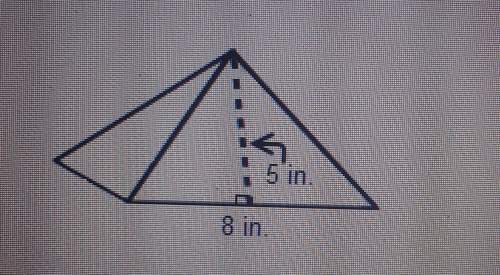
Mathematics, 03.06.2021 01:30 youngsunc02
Which of the following represents the translation of A(1,−2) along the vector <−3, 2> and then the vector <0, −4>?
A (1, −2) → A ′(−2, 0) → A ″(−2, −4)
A (1, −2) → A ′(−2, 0) → A ″(−6, 0)
A (1, −2) → A ′(−3, −4) → A ″(0, −16)
A (1, −2) → A ′(3, −5) → A ″(3, −9)

Answers: 2


Another question on Mathematics

Mathematics, 21.06.2019 19:30
Solve the equation for x.3(6x - 1) = 12 i've tried doing the math and i can't find out what i'm doing wrong
Answers: 1

Mathematics, 21.06.2019 20:00
Someone answer asap for ! the total ticket sales for a high school basketball game were $2,260. the ticket price for students were $2.25 less than the adult ticket price. the number of adult tickets sold was 230, and the number of student tickets sold was 180. what was the price of an adult ticket?
Answers: 1


Mathematics, 21.06.2019 21:30
The expression 1.01*1.005(^t) gives the amount of money, in thousands of dollars, in carter's savings account (t) years after he opens it. what does 1.01 represent in this expression?
Answers: 1
You know the right answer?
Which of the following represents the translation of A(1,−2) along the vector <−3, 2> and then...
Questions





Biology, 09.07.2019 04:00

Geography, 09.07.2019 04:00






Social Studies, 09.07.2019 04:00




Social Studies, 09.07.2019 04:00

History, 09.07.2019 04:00


Mathematics, 09.07.2019 04:00




